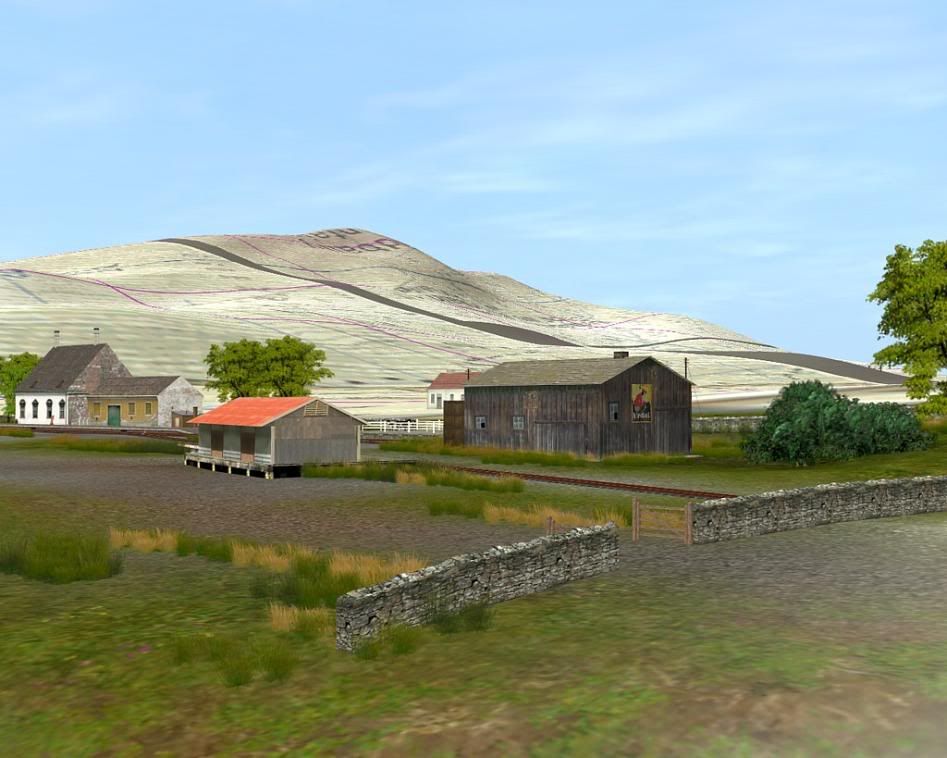steamboateng
New member
From you I'll take it as a compliment. Thanks!
Regards
Regards
Follow along with the video below to see how to install our site as a web app on your home screen.
Note: This feature may not be available in some browsers.
John, I han't got to Havehill or Lowell yet. I'm gonna wait until you finish it and then ask you how you done it!
I've been thinking about Roland's thread.My route was generated with the 0 smoothing setting, and is much more representatrive of the actual landscape than a setting of 3. However that shallow bowl effect is still noticable at waterbody shorelines. I will assume that the error, although minor, is associated with the interpolation algorithms.
Thanks to Blutorse4792 for letting us ramble on in your thread.
Regards all
The same with the stations with both Haverhill and Bradford on very slight curves which are difficult to duplicate with the station assets we have, and I'm not in a position to make the models anymore.
John
Hunt out andi06's station kit, the assets are all on the DLS but you can get a single DLS link to every part of the kit from his site. The kit follows British practice but if you sunk the platforms into the ground a bit I would think you could get a pretty good representation of US practice, or just use one of his invisible platforms below a US spline of your choice. The kit enables just about any station configuration you could want....
This is what happens when you live in the area you're trying to model.
John




